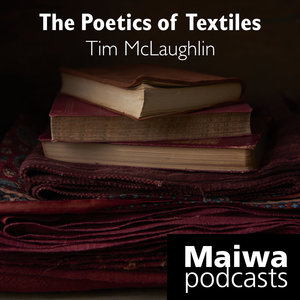The Threads Lecture, traditionally a showcase of some aspect of the Maiwa Foundation, has been sold out since the end of August. This year the presentation gave some of the highlights of an epic 6500 km journey with eight staff.
The Maiwa crew met with pastoralists in Pushkar and encountered Gujar caravans in Madhya Pradesh.
One key aspect of the trip was the return by authors Charllotte Kwon and Tim McLaughlin to India to give copies of the hardcover book Textiles of the Banjara to the women who helped make it possible. Together with Laxmi and Jan Duclos, who run the Surya's Garden Banjara embroidery revival project, Maiwa sponsored a mela to recognize the embroiderers and distribute the book.
It was an emotional journey. Even if there was no language barrier we are not certain we could put into words what happened: the reactions to the women on seeing the book and the feelings of pride we had in being able to give back a small portion of Banjara culture to the women who help to keep it alive.
The talk concluded with a short film. We have posted it to the Maiwa Youtube channel. Here it is. (Note - if it does not play in your email just follow the link https://youtu.be/uLzWtOmyvog )

















































